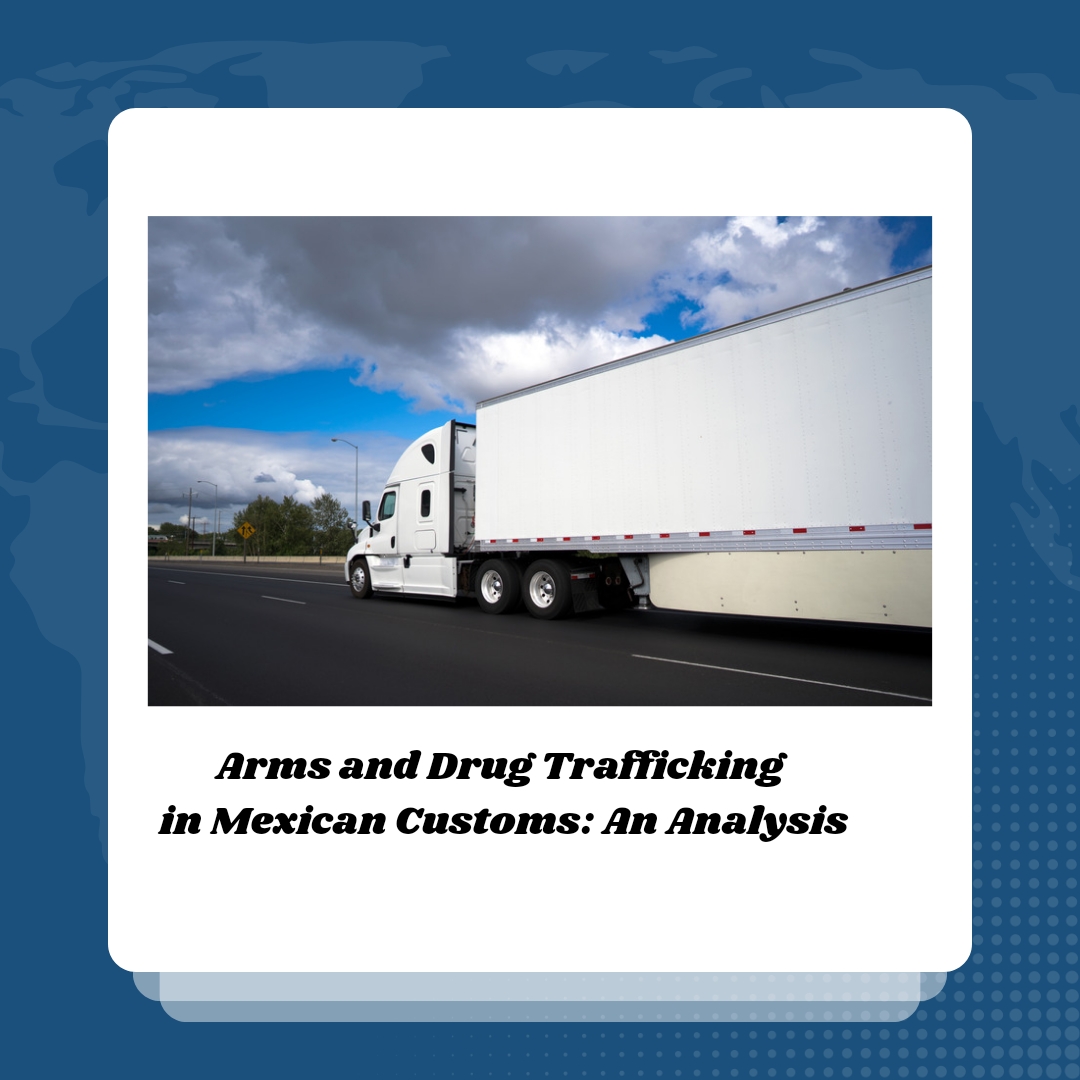Introduction
The trafficking of endangered species, along with the smuggling of arms and drugs through Mexican customs, are persistent problems that impact both the country’s biodiversity and public security. Despite the Mexican government’s efforts, these illicit activities continue to pose significant challenges. Below is a detailed analysis supported by recent data.
Trafficking of Endangered Species
The trafficking of endangered species, particularly in the Upper Gulf of California, involves poachers, intermediaries, and corrupt customs officials. From 2011 to 2023, at least 63 shipments were sent from Mexico to Asia, resulting in the seizure of 68 tons of protected species in Hong Kong. Despite investigations and complaints initiated, many have been dismissed due to legal loopholes and a lack of technical training.
Arms Trafficking
Arms trafficking in Mexico has intensified in recent years, with many weapons originating from the United States. According to the Ministry of National Defense (Sedena), over 52,000 weapons were seized between 2020 and 2022. Cities with the highest seizures include Tijuana, Ciudad Juárez, and Culiacán. The main cartels involved in arms trafficking are the Sinaloa Cartel and the Jalisco New Generation Cartel (CJNG).
Drug Trafficking
Drug trafficking remains a critical issue, with significant seizures of fentanyl, methamphetamines, cocaine, and marijuana. Between 2018 and 2023, Mexican authorities seized substantial amounts of these substances:
- Fentanyl: 7,691 kg
- Methamphetamines: 470,369 kg
- Cocaine: 184,869 kg
- Marijuana: 726,030 kg
The Mexican government, in collaboration with the United States, has implemented several operations to combat this trafficking, but effectiveness remains limited due to the sophisticated methods used by cartels and corruption within customs.
Annual Comparison of Arms and Drug Seizures (2018-2023)
| Year | Weapons (units) | Fentanyl (kg) | Methamphetamines (kg) | Cocaine (kg) | Marijuana (kg) |
|---|---|---|---|---|---|
| 2018 | 8,000 | 1,200 | 75,000 | 30,000 | 150,000 |
| 2019 | 9,500 | 1,500 | 80,000 | 35,000 | 160,000 |
| 2020 | 10,000 | 1,800 | 85,000 | 40,000 | 170,000 |
| 2021 | 11,000 | 2,000 | 90,000 | 45,000 | 180,000 |
| 2022 | 12,500 | 2,500 | 95,000 | 50,000 | 190,000 |
| 2023 | 13,500 | 3,000 | 100,000 | 60,000 | 200,000 |
Most Active Cartels
The cartels most involved in arms and drug trafficking in Mexico include:
- Sinaloa Cartel: Known for its control of trafficking routes and ability to smuggle large quantities of drugs and weapons.
- Jalisco New Generation Cartel (CJNG): Recognized for its violence and control of important ports like Manzanillo for trafficking chemical precursors and synthetic drugs.
Conclusion
Despite government efforts to combat arms and drug trafficking through customs, challenges persist due to corruption and the sophistication of cartels. It is crucial to improve technical training and strengthen international cooperation to effectively address these problem.
